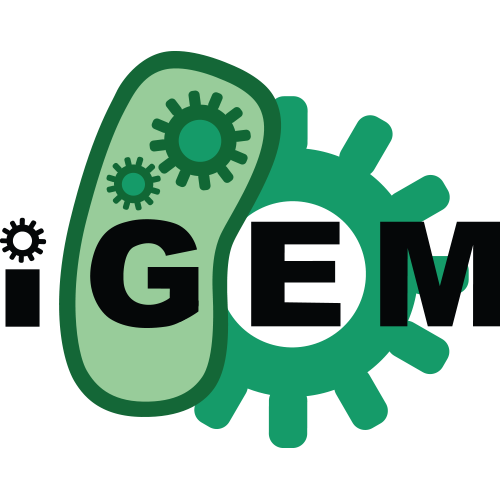Source:
Generated By: https://synbiohub.org/public/igem/igem2sbol/1
Created by: Aaron Glieberman
Date created: 2008-10-29 12:00:00
Date modified: 2015-05-08 01:10:56
pRS305 yeast shuttle vector, LEU2 selection
| Types | DnaRegion |
| Roles | Plasmid plasmid |
| Sequences | BBa_K165062_sequence (Version 1) |
Description
Useful for chromosomal integration of a part into yeast strains. Insertion of a single Biobrick (or biofusion) part requires cutting with XbaI and PstI. Another option for this vector is to insert two Biobrick/biofusion parts by cutting the first part with NotI and SpeI and the second part with XbaI and PstI, while cutting the vector with NotI and PstI. Note that this part does not conform to Standard Assembly requirements and will maintain idempotency. Once a construct of interest has been inserted into the vector, it should be linearized with a digest using BstEII. This vector will supplement a LEU2 auxotrophic yeast strain. The part is then transformed into yeast according to the protocol outlined in this paper:R Daniel Gietz & Robert H Schiestl. High-efficiency yeast transformation using the LiAc/SS carrier DNA/PEG method . Nature protocols
Notes
As mentioned in the description of the part, this vector is currently not compatible with Standard Assembly. In order to accomplish this, one would need to cut out the following restriction sites from the multiple cloning site: EcoRI (1943), PstI (1941), SpeI (1919), NotI (1906). One would then need to additionally alter two other restriction sites that occur outside of the MCS: XbaI (551) and PstI (256). PstI is used to linearize the plasmid, so it would be nessary to mutate this region in such a way as toSource
Original Sikorski vector was described in R. S. Sikorski and P. Hieter, Genetics, 122: 19-27 (1989).Also refer to the sections on ???Strategy for Making Parts??? and ???Commonly Used Plasmids??? at http://openwetware.org/wiki/Silver:_Protocols#Synthetic_Biology.
